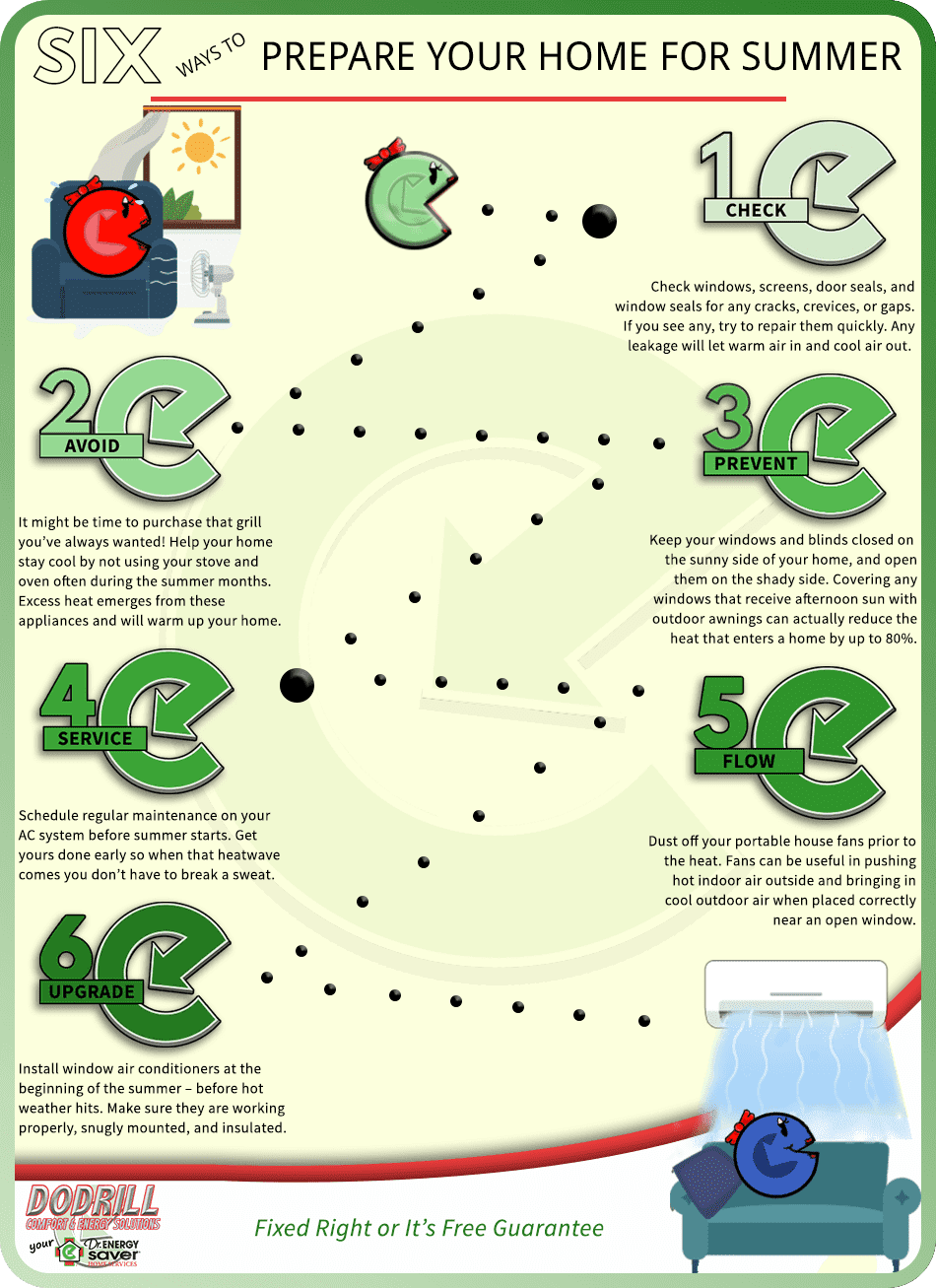Superior Stress Cleaning Methods For All Surface Enters
Superior Stress Cleaning Methods For All Surface Enters
Blog Article
Content By-Lassen Bock
When it comes to push washing, the strategy you select can make all the difference in achieving a clean, streak-free finish. You could find that hard surface areas, like concrete, call for a different method than softer materials, such as timber or plastic. It's essential to adapt your methods to the surface area type to prevent damage while optimizing cleansing efficiency. So, what are the most effective methods for each and every surface area, and how can you guarantee you're making use of the appropriate settings and tools for the job? Allow's explore what you require to recognize to get the most effective results.
Hard Surface areas
When it involves push cleaning hard surface areas, preparation is essential. Prior to you even think of taking out the pressure washer, put in the time to get rid of the area of any kind of particles, furnishings, or obstacles. You do not desire anything entering your way or possibly damaging your devices.
Next, inspect the surface area for any fractures or damages; this will help you establish the best technique and stress setups.
Once you have actually prepared the area, it's vital to pick the appropriate nozzle. For tough surfaces like concrete or block, a slim nozzle (15 or 25 levels) works best to give a concentrated stream of water that can successfully eliminate grime and discolorations. Always start at a distance and progressively relocate closer to prevent any type of surface damage.
As you start cleaning, maintain the stick moving to stop streaks and over-saturation. It's also useful to work from the top down, allowing dirt and particles to wash away normally.
Ultimately, remember to wash mouse click the up coming post after cleaning to get rid of any leftover cleaning agent. With these techniques, you'll accomplish a clean and renewed look on all your tough surface areas.
Soft Surfaces
Pressure washing soft surface areas requires a gentler strategy to safeguard them from damage. Whether click here to investigate cleansing your deck, outdoor patio furniture, or home siding, utilizing way too much pressure can result in dents, scrapes, and even irreversible harm.
Begin by picking a low-pressure nozzle, preferably a 25-degree or larger spray pattern, to distribute the water extra gently.
Prior to you start, it's crucial to pre-treat any stains with an appropriate cleansing option. This step permits the cleaner to penetrate the dirt and crud, making it easier to wash away without scrubbing also hard.
Always use the option from the bottom approximately prevent streaking.
When you begin pressure washing, maintain a distance of a minimum of 12 to 18 inches from the surface area. Move your stick in a sweeping movement, maintaining it parallel to the surface area to prevent concentrated pressure on one area.
Rinse the location extensively after cleaning up to eliminate any residual cleaner.
Finally, evaluate the surface area for any type of missed spots and repeat the process if needed. By following these steps, you can efficiently tidy soft surfaces while preserving their stability and look.
Specialty Surfaces
Cleaning soft surfaces requires treatment, however specialty surfaces require much more attention to detail. When you take on these surfaces, like delicate wood, discolored concrete, or particular kinds of siding, making use of the appropriate pressure cleaning methods is critical to prevent damage.
First, examine the material. For instance, treated timber can usually withstand moderate stress, but softer woods like cedar may call for a lower setting. Constantly begin with the most affordable stress and progressively raise if essential.
For tarnished concrete, make use of a fan spray nozzle and keep a consistent distance to prevent engraving the surface area.
When managing surfaces like vinyl house siding or painted surface areas, a large spray pattern assists distribute the pressure equally, securing the coating.
It's additionally important to use cleaning agents particularly designed for specialized surfaces. They can improve cleaning without endangering the material.
Rinse thoroughly after cleaning to remove any type of residue, as it can bring about staining or wear and tear over time.
Final thought
To conclude, mastering stress cleaning strategies for different surfaces can make all the difference in your cleaning outcomes. For difficult surface areas, stick to slim nozzles and a top-to-bottom method, while soft surfaces require a gentler touch with bigger nozzles. Don't neglect to pre-treat discolorations and wash thoroughly to prevent deposit. By adapting your techniques to each material, you'll not only attain a cleaner coating however likewise secure the stability of your surface areas. Delighted cleaning!
